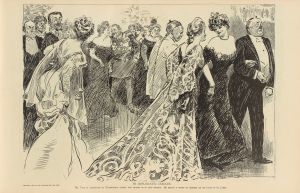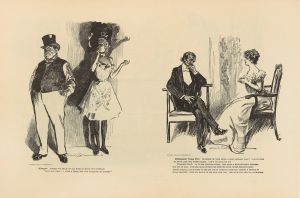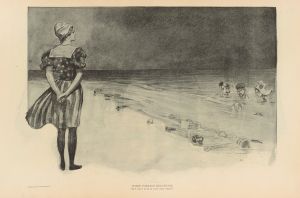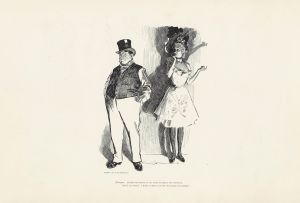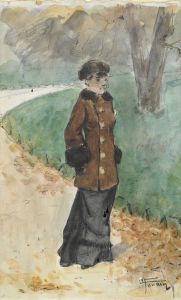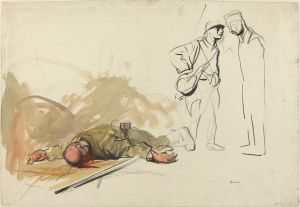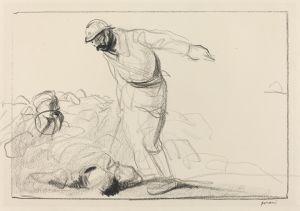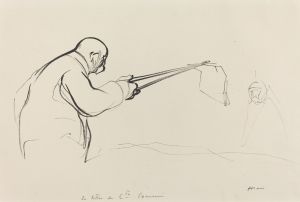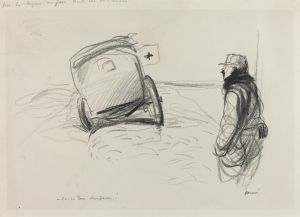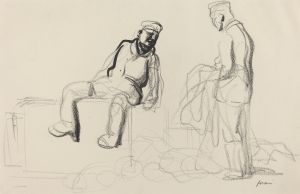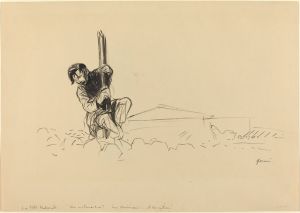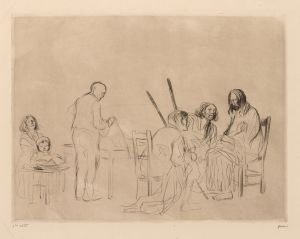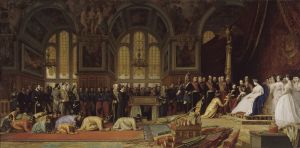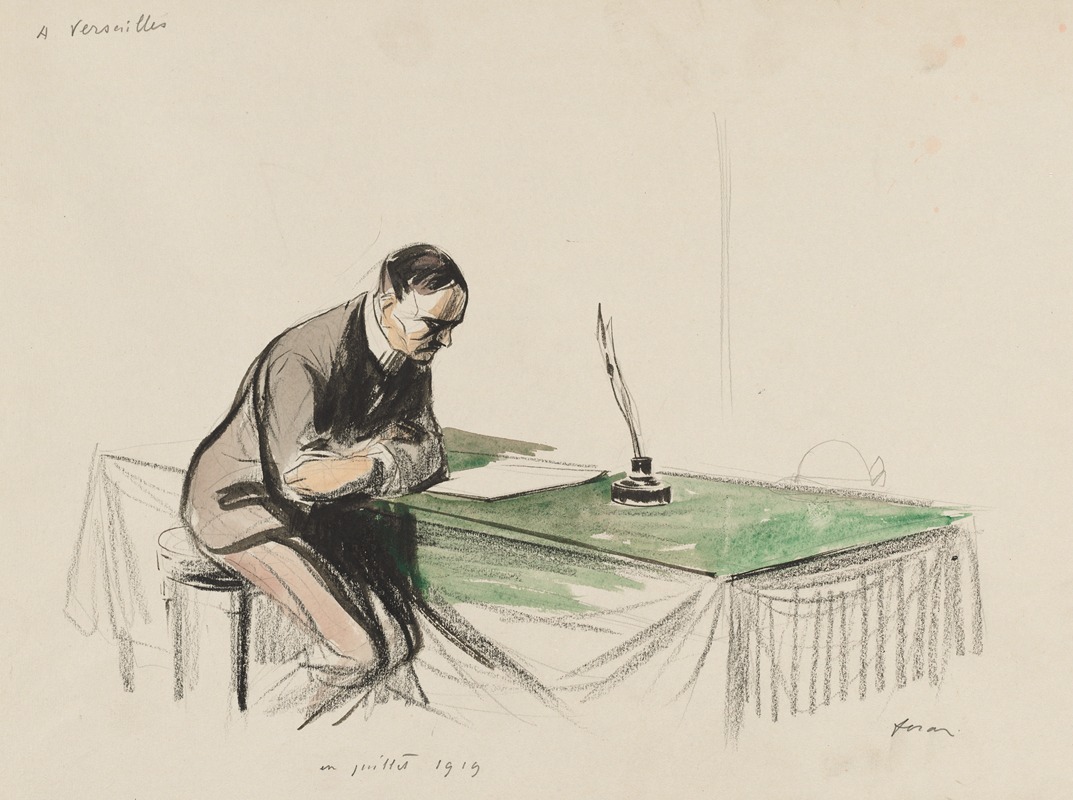
At Versailles, July 1919
A hand-painted replica of Jean-Louis Forain’s masterpiece At Versailles, July 1919, meticulously crafted by professional artists to capture the true essence of the original. Each piece is created with museum-quality canvas and rare mineral pigments, carefully painted by experienced artists with delicate brushstrokes and rich, layered colors to perfectly recreate the texture of the original artwork. Unlike machine-printed reproductions, this hand-painted version brings the painting to life, infused with the artist’s emotions and skill in every stroke. Whether for personal collection or home decoration, it instantly elevates the artistic atmosphere of any space.
Jean-Louis Forain's painting "At Versailles, July 1919" captures a significant historical moment with his characteristic style and keen observational skills. Forain, a French Impressionist painter and printmaker, is known for his works that often depict scenes of Parisian life, the legal system, and the world of entertainment. This particular painting, however, diverges from his usual subjects by focusing on a pivotal event in world history—the signing of the Treaty of Versailles.
The Treaty of Versailles was signed on June 28, 1919, marking the official end of World War I. The treaty was signed in the Hall of Mirrors at the Palace of Versailles, a location chosen for its historical significance and grandeur. This event brought together representatives from the Allied Powers and Germany, who were the principal parties involved in the treaty negotiations. The treaty imposed heavy reparations and territorial losses on Germany, aiming to prevent future conflicts of such a devastating scale.
Forain's painting is believed to depict the atmosphere and the gathering of diplomats and statesmen at this historic event. While specific details about the painting's composition are limited, Forain's style typically includes expressive figures and a dynamic use of light and shadow, which may be employed to convey the gravity and tension of the occasion. His background as a caricaturist and illustrator might also influence the portrayal of the individuals present, capturing their personalities and the political undercurrents of the time.
Jean-Louis Forain was an artist deeply engaged with the social and political issues of his era. Born in 1852, he became associated with the Impressionist movement and exhibited alongside artists like Edgar Degas. Forain's work often reflected his interest in the human condition and societal structures, which is evident in his courtroom sketches and satirical illustrations. His ability to capture the essence of a scene with economy and insight made him a respected figure in both the art world and the broader cultural landscape of France.
The painting "At Versailles, July 1919" serves as a historical document as much as an artistic endeavor. It provides a visual representation of a moment that reshaped the geopolitical landscape of the 20th century. The Treaty of Versailles has been the subject of extensive analysis and debate, particularly regarding its role in setting the stage for World War II. Forain's work, therefore, not only captures a moment in time but also invites reflection on the broader implications of the treaty and its aftermath.
In summary, Jean-Louis Forain's "At Versailles, July 1919" is a painting that encapsulates a critical juncture in history through the lens of an artist known for his perceptive and often critical eye. While specific details about the painting itself may be sparse, its significance lies in its connection to the Treaty of Versailles and the end of World War I, offering viewers a glimpse into a world on the brink of transformation.





